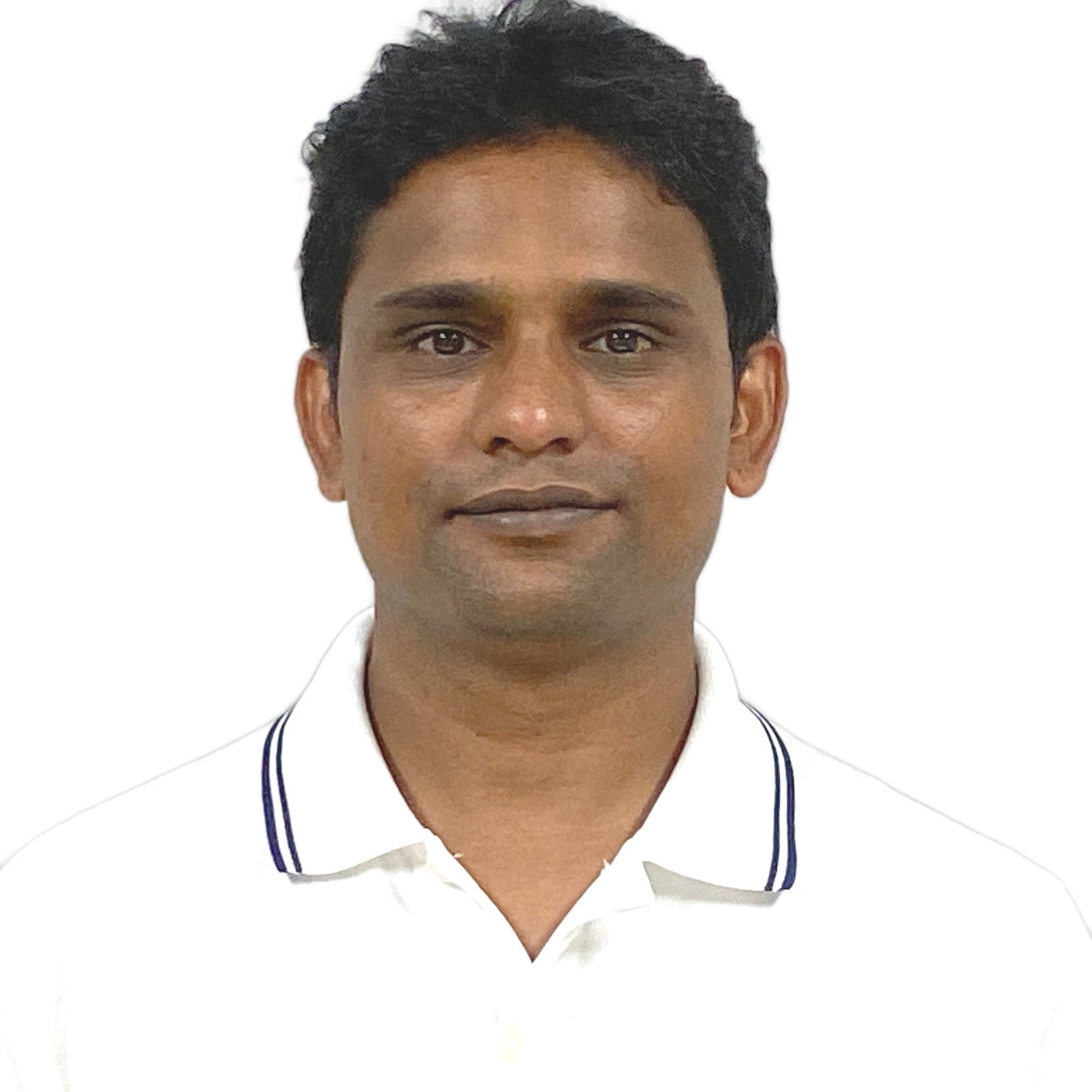TOP
 Events & Outreach
Events & Outreach
 R-CCS Cafe
R-CCS Cafe
 The 237th R-CCS Cafe - part 2
The 237th R-CCS Cafe - part 2
The 237th R-CCS Cafe - part 2
JapaneseTitle
Applying Data Assimilation with HYDRUS for Digital-twin Modeling of Soil-water and Heat Transport of Rain-fed Soybean Field throughout Japan
| Date | Fri, Oct14, 2022 |
|---|---|
| Time | 4:20 pm - 4:40 pm (5 pm - 5:20 pm Discussion, 5:20 pm - Free discussion (optional)) |
| City | Online |
| Place | Online seminar on Zoom
|
| Language | Presentation Language: English Presentation Material: English |
| Speakers |
Sakiur RAHMAN Data Assimilation Research Team  |
Abstract
Monitoring field water balance conditions continuously is a critical issue for crops cultivated under rain-fed conditions such as soybean fields in Japan. Numerical hydrological models simulate soil water and heat fluxes which can complement the expensive and time-consuming direct field measurements. This study aims to characterize the soil-water and heat transport dynamics explicitly by combining a state-of-the-art hydrological model known as HYDRUS-1D and field data during the soybean crop growing period under different hydroclimatic conditions in Japan. HYDRUS-1D can simulate the transport process of water, heat, and solutes in the vadose zone simultaneously. Since HYDRUS-1D can simulate crops' water uptake from different soil layers, it can provide a better understanding of the soil-water-atmospheric interactions during crop growing seasons. To understand the actual field conditions during the soybean crop growing period, soil water content and temperature were measured in a number of soybean fields throughout Japan during the last crop growing period. In addition, meteorological stations were installed to measure meteorological variables near the soybean fields, and soil samples were collected and analyzed. The meteorological and soil data gathered were fed into the HYDRUS-1D. The simulated temporal changes in soil water contents and temperature during the soybean growing period were compared to the same variables observed in the field to ensure model performance. In addition, ensemble-based data assimilation was applied with HYDRUS-1D to enhance the accuracy and quantify the uncertainties. The outcomes of this study will be fed into the soybean crop models later to develop a coupled crop-hydrological model that will provide the mechanistic details of the soybean crops cultivated in Japan.
Important Notes
- Please turn off your video and microphone when you join the meeting.
- The broadcasting may be interrupted or terminated depending on the network condition or any other unexpected event.
- The program schedule and contents may be modified without prior notice.
- Depending on the utilized device and network environment, it may not be able to watch the session.
- All rights concerning the broadcasted material will belong to the organizer and the presenters, and it is prohibited to copy, modify, or redistribute the total or a part of the broadcasted material without the previous permission of RIKEN.
(Oct 5, 2022)
